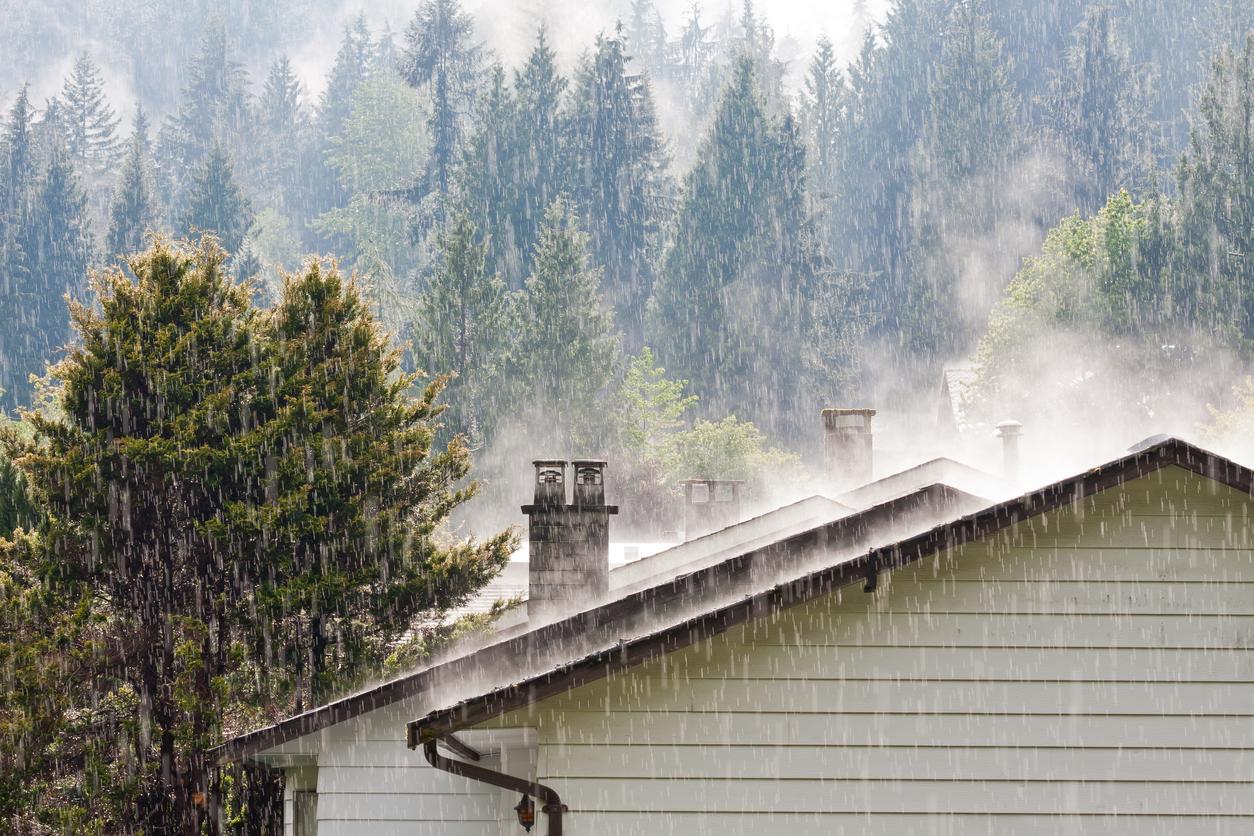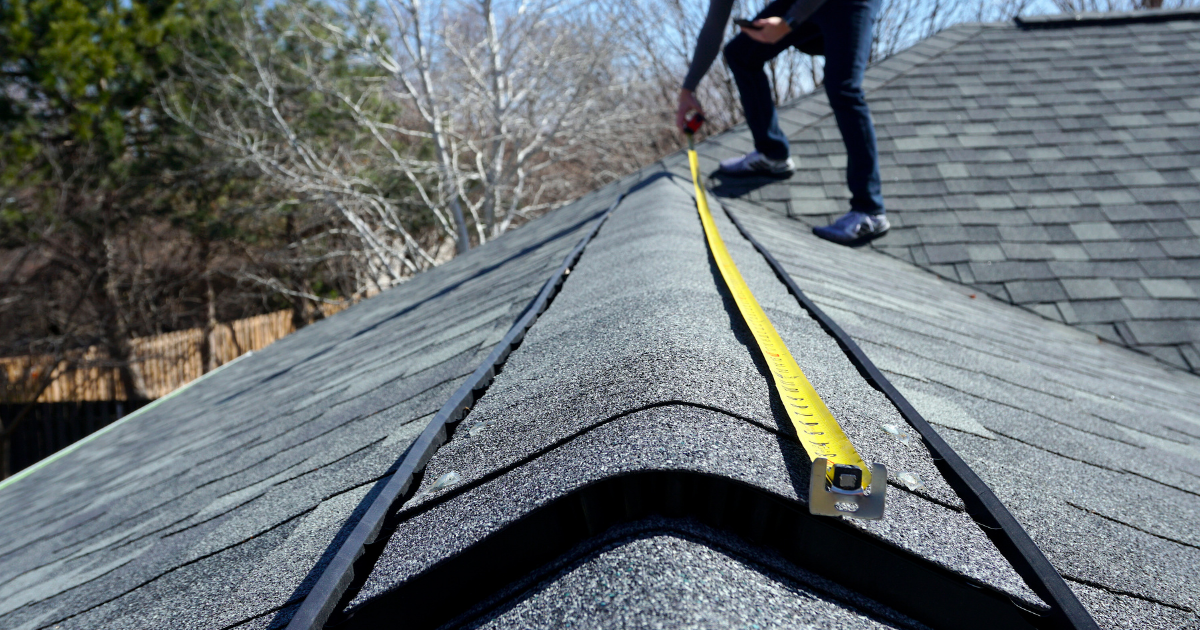Summer’s here, and so is the perfect time to give your home’s exterior a little extra attention. While barbecues and beach trips are high on the list, don’t overlook the importance of seasonal maintenance—especially for your roof, siding, gutters, and windows.
At Division 1 Roofing, we know that small exterior issues can turn into major headaches if left unchecked. That’s why we’ve put together this summer checklist to help you protect your home from the top down, all season long.
Roof: Your Home’s First Line of Defense
Your roof takes the brunt of every season, and summer is the perfect time to ensure it’s still doing its job—especially after a spring filled with heavy rain, strong wind, and large hail. These extreme weather conditions can all cause damage to your home’s exterior, and while some issues are easy to spot, others require a closer look to catch early warning signs before small issues turn into costly repairs.
Here’s what to look for:
- Missing, curling, or cracked shingles: These are signs of wear that can expose your roof to leaks and structural damage if left unaddressed.
- Loose or damaged flashing: Flashing protects vulnerable areas like skylights, vents, and chimneys. If it’s damaged, loose, or corroded, water can sneak into your home.
- Water stains in the attic or on ceilings: Staining or discoloration often means there’s a leak somewhere, even if it hasn’t become obvious yet.
- Debris buildup in roof valleys: Leaves and branches can trap moisture in key areas, leading to rot or mold growth if not cleared.
If you’re unsure what counts as routine wear and tear versus something more serious, a trained eye can make all the difference in spotting what you might miss.
Gutters: Keep the Water Flowing
Gutters play an important role in protecting your home from water damage. When they’re clogged, blocked, or pulled away from the roofline, water can become backed up and cause damage to your siding, fascia, and the foundation of your home.
Make sure to:
- Clear out debris from gutters and downspouts: Leaves, twigs, and roofing granules often collect in gutters over time, blocking water flow and increasing weight strain.
- Check for sagging or detachment: Gutters should be firmly secured to your home. If they’re dipping or pulling away, water may be draining in the wrong places.
- Inspect downspouts: Ensure that they’re intact and directing water a few feet away from your home’s foundation to prevent erosion or basement leaks.
Routine gutter maintenance ensures your home’s structure is protected and helps prevent costly water damage down the line.
Siding: More Than Just Curb Appeal
Your siding does more than make your home look good—it acts as a shield against weather conditions including strong winds, heavy rain, and harsh UV exposure. Its condition plays a critical role in the overall structural integrity of your home.
Be on the lookout for:
- Cracks, warping, or loose panels: These openings can let moisture in and cause internal damage you won’t see until it becomes a serious issue.
- Mold or mildew buildup: Especially near the foundation or in shaded areas, this may be a sign of excess moisture, rotting, or poor drainage.
- Faded or peeling surfaces: Overtime, sun and UV exposure breaks down protective coatings. Repainting or resealing may be needed to preserve your siding’s durability and weather resistance.
Even subtle changes in your siding’s appearance could indicate that there is a bigger issue developing underneath.
Windows: Sealing in Comfort
Summer heat can expose problems with your windows that may have gone unnoticed during the cooler months. Since windows play a major role in your home’s energy efficiency, issues like damaged seals or outdated panes can allow unwanted heat to enter your home. Not only does this drive up the cost of cooling, but it also reduces the overall comfort inside your home.
Check your windows for:
- Drafts or foggy panes: Fog between panes is usually a sign the seal is damaged, which means your insulated glass is no longer effective.
- Cracked glass or damaged frames: Even small cracks in the glass or damage to the frame can expand in the heat or with sudden storm impact.
- Warped frames or failing caulking: Gaps around your window frame can allow moisture to get in, and also reduce energy efficiency.
- Screen damage: Torn screens aren’t just an invitation for bugs—they also reduce airflow and can create uneven pressure on the window frames.
Catching these problems early can help you avoid higher energy bills, extend the life of your windows, and boost energy efficiency within your home.
Let Division 1 Roofing Help You Stay Ahead of Repairs
When it comes to your home’s exterior, summer maintenance is about staying proactive, not scrambling to fix problems when it’s too late. While some issues are easy to spot, many signs of wear and tear to your home require an experienced eye. Whether you’re concerned about your roof, gutters, siding, or windows, Division 1 Roofing is here to help with honest assessments, expert service, and durable solutions built to last.
Schedule your free inspection with Division 1 Roofing today and enjoy the season with confidence, knowing your home is in expert hands.











